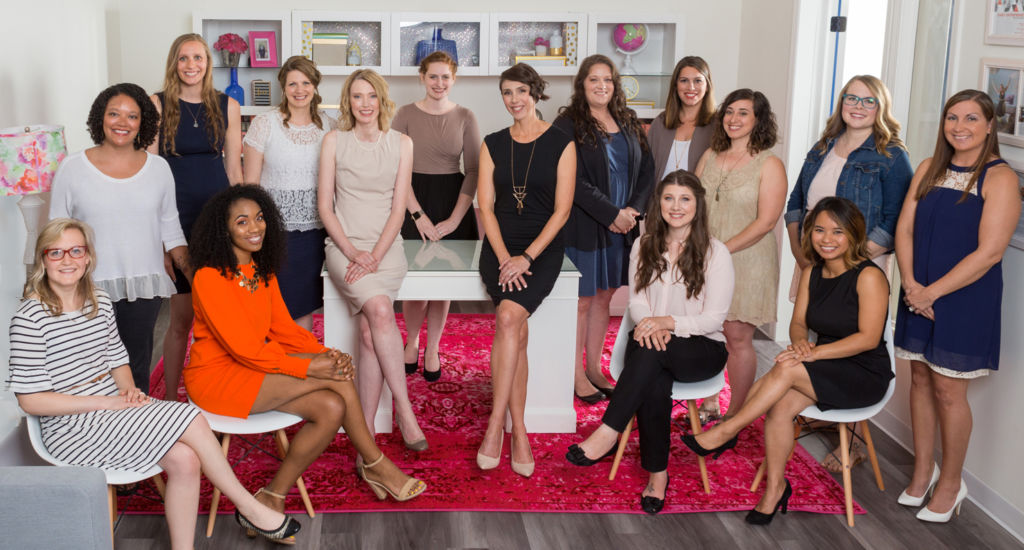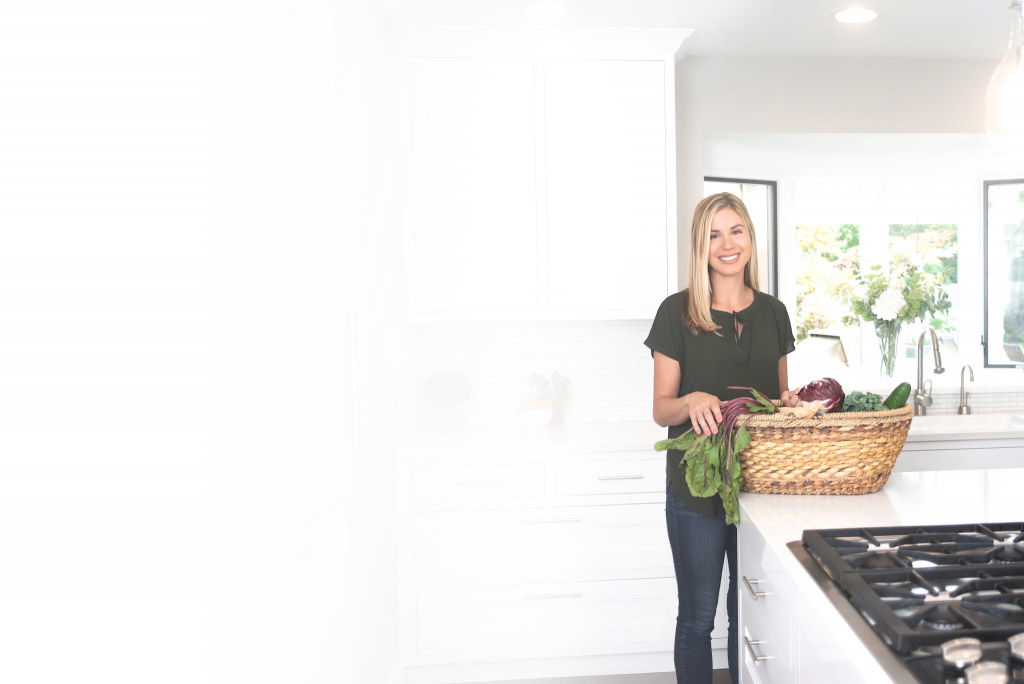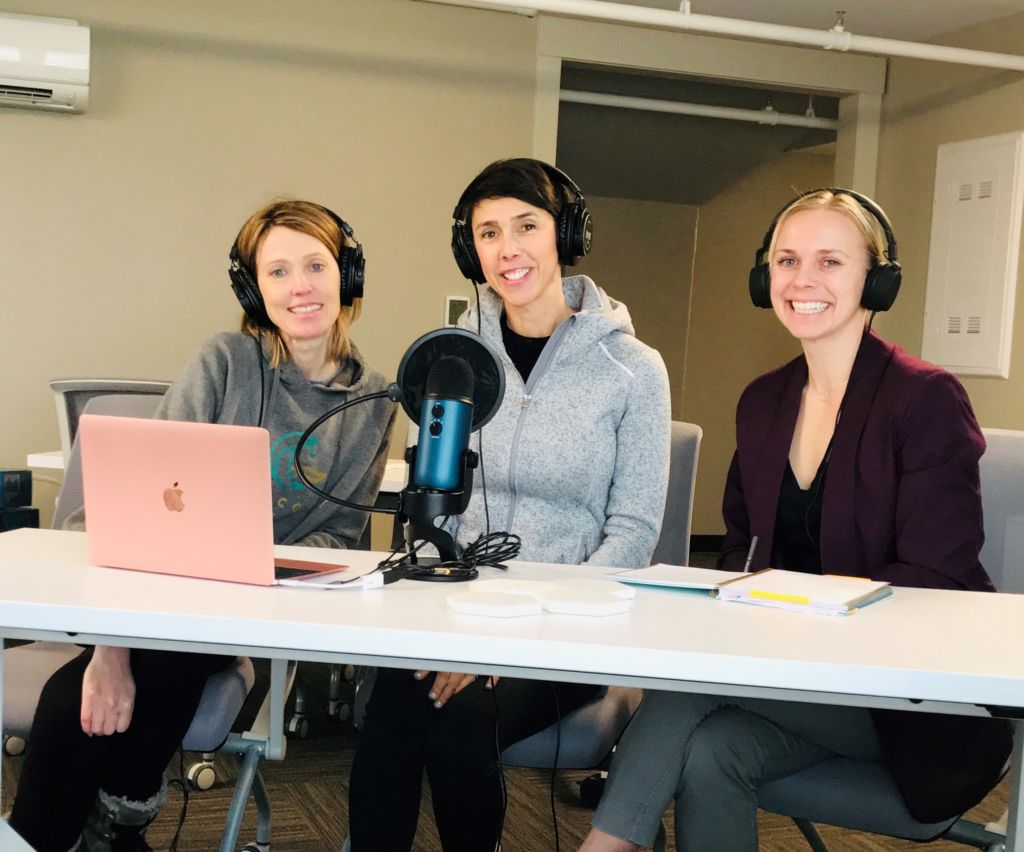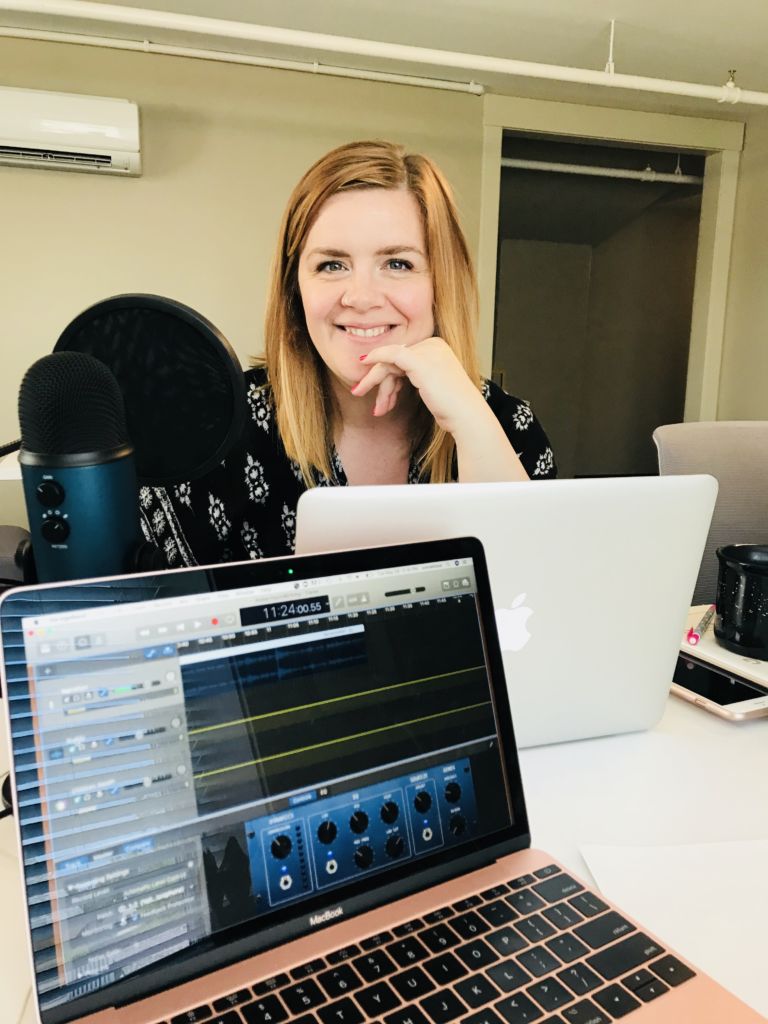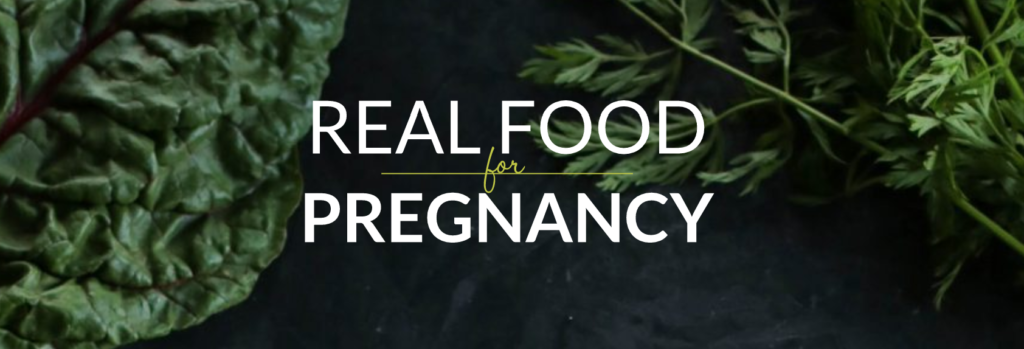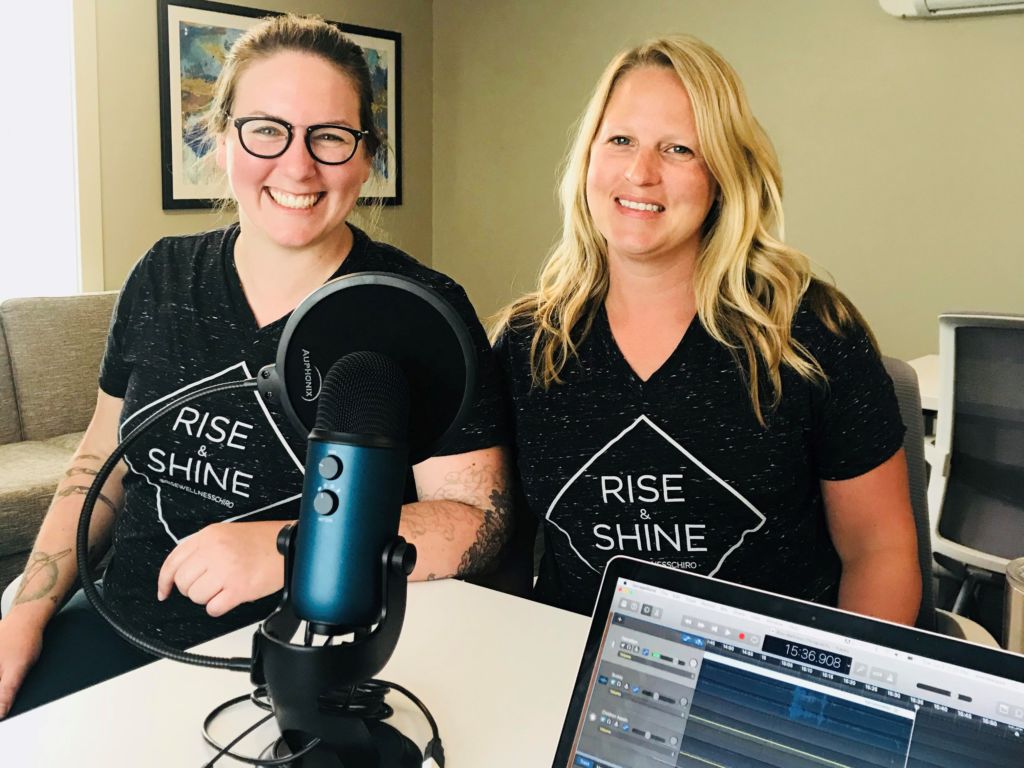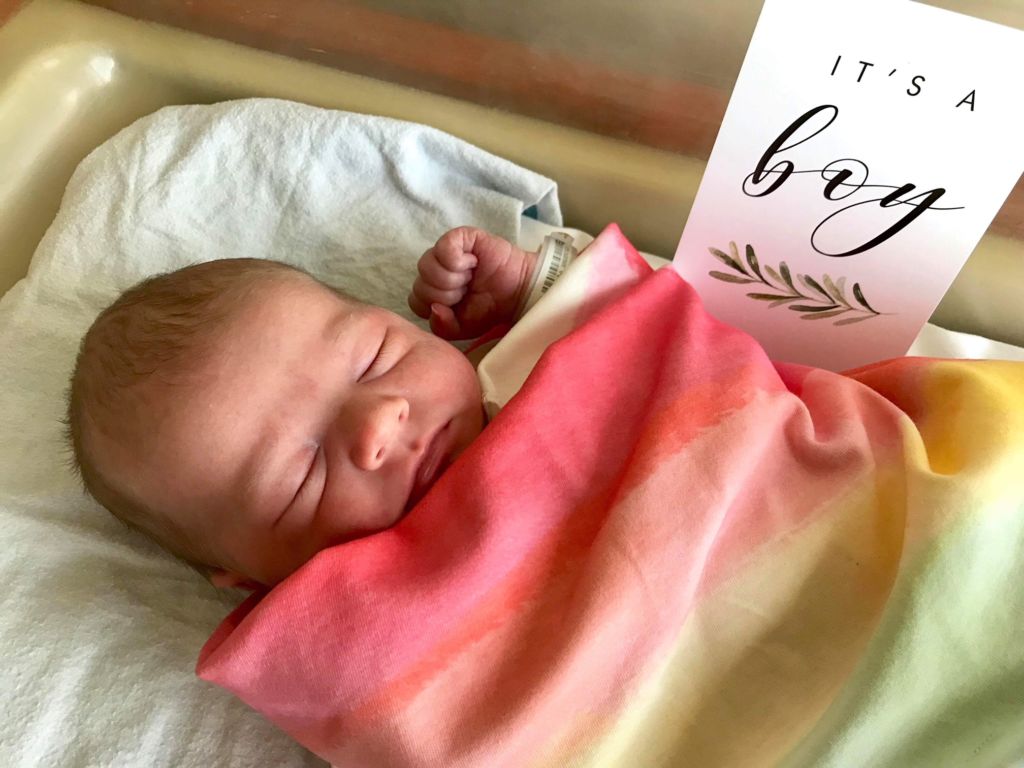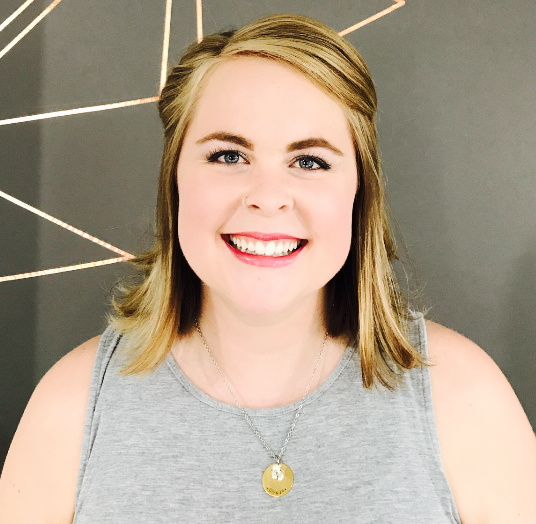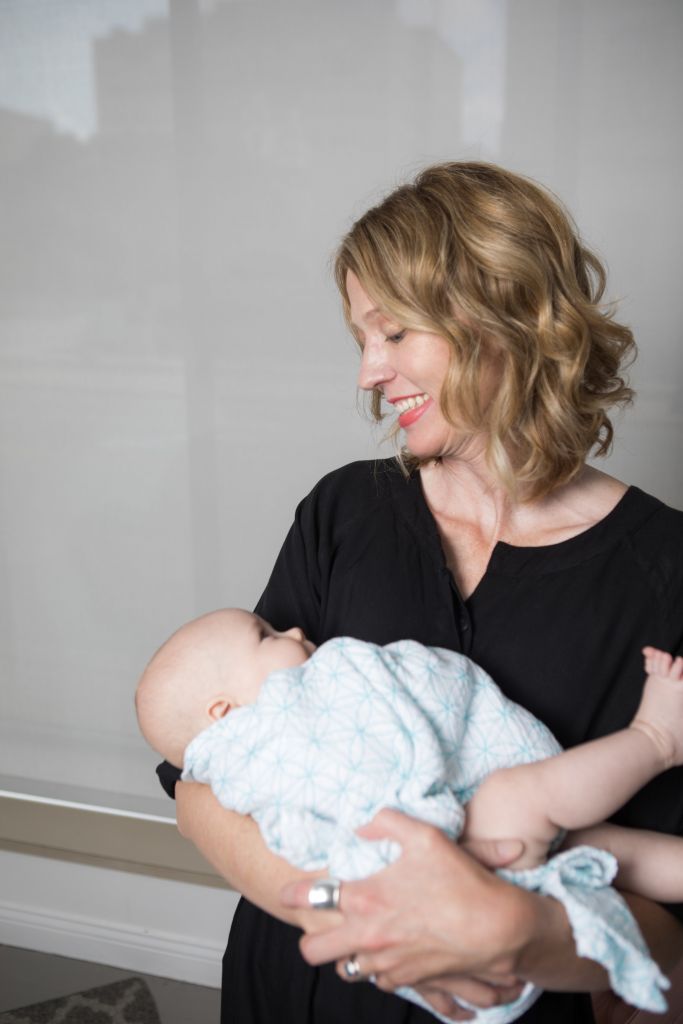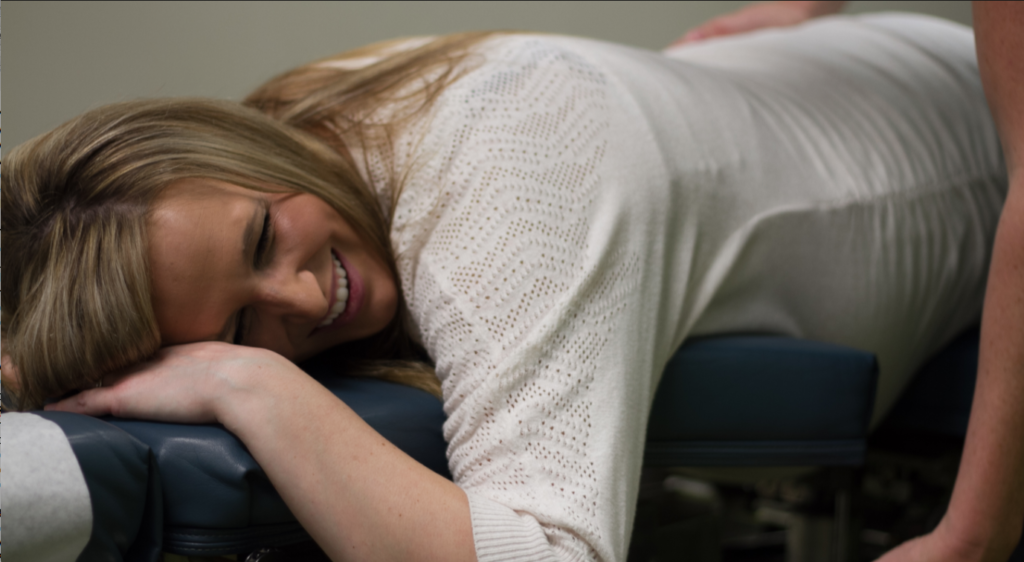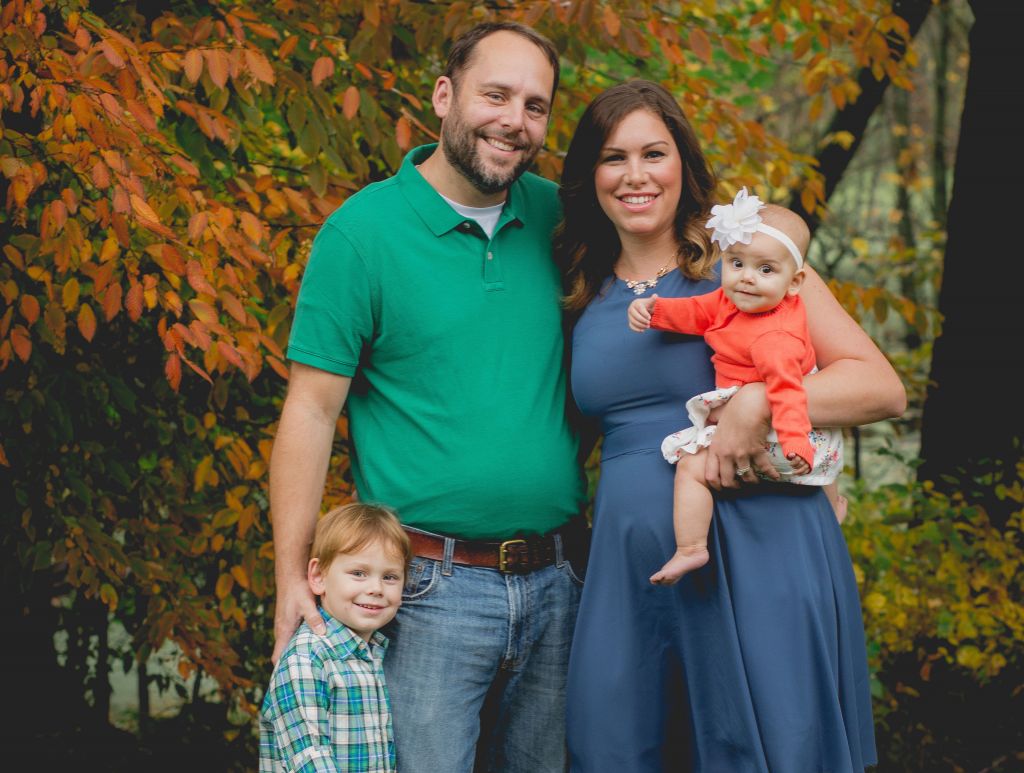Dr. Annie and Dr. Rachel of Rise Wellness Chiropractic in Grand Rapids talk about their approach to helping mothers and babies, as well as how and why they decided to start their own practice. You can listen to the podcast on iTunes or SoundCloud.
Hello, and welcome to another episode of Ask the Doulas. I am Alyssa Veneklase, co-owner and post-partum doula at Gold Coast. Today, I’m so excited to be talking to Dr. Annie and Dr. Rachel of Rise Wellness. Hello, ladies. I want of hear about your new business venture together, Rise Wellness. We knew you when you worked for a different chiropractor’s office, and what made you both kind of venture out on this alone?
Well, we worked together, so when you work for another chiropractor, you’re kind of under their whole umbrella of their philosophy, their vision, which works for a while until you get to a point when you’re like, this isn’t my philosophy and vision, and there’s other ways I want to help people. And so we talked about it, and we’re like, let’s open our own.
Yeah.
And we talked to you. You were like, I got a great space for you.
Yeah, I did. We’re neighbors. We’re both in East Town now.
Yeah, it definitely helped facilitate that once Dr. Rachel went on maternity leave to have her twins. We kind of changed our whole philosophy and our focus to wanting to work more with pregnant moms and babies, too, and we realized that was a huge subset of the population that wasn’t receiving the care that we felt like they needed. So that’s where we wanted to focus.
Now, most people would get pregnant, and especially pregnant with twins, and not say, “Hey, let’s quit my job and start my own business right when I have these twins.”
It just seemed right.
But you did, and how did that work? I mean, I know you said timing-wise, it worked because you went on maternity leave and then –
Yeah, I just never went back.
Like, you’re done.
Yeah, it worked out well for that. I mean, I’m lucky I had Dr. Annie as a partner because she honestly did a lot of it. And I’m lucky I have a husband that has an MBA and knows how to set up a business and has an accountant. It really wasn’t that difficult, and it worked out for, like, how am I going to be a mom still but still work and do what I love doing. And when you work for someone, I really didn’t have the option of working my own hours. So it just made sense; I’m going to go do my own thing now.
Yeah, that was a big driver for us.
Yeah, that was a big driver. Okay, I can work the hours I want to work, but I can still stay at home with the girls when I want to be home with them.
And you are my chiropractor, so I’m in your office quite a bit. And I loved that you have a dresser filled with diapers. And it’s not just because you have a lot of babies in there, but tell me what you said, Dr. Annie, when I was like, oh, why do you have all these diapers?
Oh, accidental blow-outs. So after babies get adjusted, their nervous systems are working better, and so their digestion sometimes kicks on right after an adjustment. And we just want to be prepared and have a space for moms so they don’t have to rush home or rush to the bathroom or anything. It’s like we can just be available right there and make it easy. We have a diaper genie, so you don’t have to worry about it stinking up the office or anything.
Yeah, it’s a very baby-friendly space.
Yeah, we want to be accessible and available for everyone who wants to come in, especially moms with kids and stuff. We know that can sometimes be hectic and messy, and we want to make it as safe an environment for them as possible.
Yeah, I brought my five-year-old in with me last time, and she of course loved the coloring books and the dolls.
Oh, did she come in?
She did, yeah. She missed you. I’ll have to bring her in again.
I had my girls in on Saturday, and of course they pooped while we were there.
Which is another nice thing about owning your own space, right? You owning your business; if you need to bring your daughters in, who’s going to yell at you?
Annie, I guess. No, just joking.
I would never yell about having them in there!
Tell me about the different approach. So you were NUCCA chiropractors before, and now you’re doing something completely different. Can you tell me about what you’re doing now?
Yeah, so we’re definitely focused more on pediatrics and pregnancy care. We still see everybody, but that’s where we definitely wanted to focus, and we’re both doing additional training in that. Before we were at an upper cervical practice, which is the top bones of the spine, so we were focused on that. And we just had a little different philosophy. We felt like the whole spine was just as important, so we wanted to take what we had learned from the practice that we were at and still say, okay, this is really important, but we’re also going to focus on other areas of the spine and see where changes need to be made there, as well. So now we’re scanning and checking everything and making sure that everything is lined up and working the way it’s supposed to.
Yeah, with kids and moms and stuff, kids definitely – it’s important to pay attention to the upper cervical area because a lot of things can happen there from birth trauma, but there’s also a lot of things that show up in other areas of the spine, too, especially in kids as they’re starting to pull themselves up and falling down on their butts. The sacrum is going to be a big one that we’re going to be checking, too, especially if there’s any digestive issues or things like that.
Plus with NUCCA, it was very structural-based. Like, what’s the structure of the spine. It’s here; we want it here. And you had to x-ray. And obviously you’re not going to be x-raying pregnant women, and with children, you don’t really want to x-ray as often, either. So there just had to be a different approach, and we use a different exam and we checked the functionality of the nervous system to really look at how is your body functioning? Not just, well, are you in pain; are your legs level? It’s like, is your nervous system functioning at its optimum?
Right. I mean, structure is great. Posture is great. A lot of chiropractors use that, but we definitely wanted to take more of a functional approach and say, like, okay, we can actually look at how your nervous system is functioning, how your body’s adapting, how your body’s developing and growing, and saying, we can make that better? And that to us is more important than is your posture perfect or is your head sitting right on top of your shoulders. That’s really important too, but if we can actually dive into the nervous system and see how your body’s functioning and adapting, that seems way more powerful and way more –
That’s what changes lives. It’s not like, oh, my head is –
Yeah, exactly. At least I look good with my good posture, but is your body functioning right?
So tell people about the scans. I had never seen anything quite like that, and when you did that to me – do you do that to kids too, the same thing?
Yeah, so that’s relatively new in chiropractic, those scans are. And it’s really cool. So we look at thermography, which is the temperature of the back, so we run it along the spine and see what the temperature differences are.
And to let people know, it’s like a tiny little handheld thing with rollers, right? Is it rollers that I felt, up and down my spine?
Yeah, and then the EMG, which is electromyography. That’s measuring the energy that the muscles are using to hold you up, so it’s measuring the electricity there. And that one is just like sensors that go along your spine, as well, at different levels. And then we do HRV, which is heartrate variability, so kind of similar to measuring your heartrate with a fitness monitor; this is looking at variations in that heartrate. That’s been used in medical research and literature as a longevity outcome measure, too, so it really shows us how your body’s functioning and how it’s adapting and how your overall health and well-being is.
I’m going to live forever.
You are! Yours is the best we’ve seen! It’s better than Dr. Annie’s.
Well, I just – you know, we just opened a practice!
Yeah, it was a really interesting process. I guess I didn’t really know what I was getting into when you did it, but it was really cool to see the different levels.
Yeah, and the cool thing is when we do those scans, it’s not putting anything into the body. It’s just measuring what your body’s already doing, so there isn’t any radiation or anything like that. And that was something that we really liked about doing this approach, more so than taking x-rays.
A pregnant mom can do it. What about a baby?
Yeah, babies – I mean, it’s difficult, but you can. It’s just my girls are so squirmy. So they’re a little more –
Yeah, so thermography’s the easiest thing to do on an infant or on a child. EMG is a little harder because they have to hold still because, again, you’re measuring what the muscles are doing. And then for the HRV, instead of putting their hand on the reader, there’s an ear clip that we can use. So sometimes they don’t like that either, but we just get as much information as we can so we can make the best clinical decisions.
Well, we’re so excited to have you next to us. It just makes so much sense.
It’s a match made in heaven, right?
Yeah, we’re excited, too.
We know; we happen to know pregnant women. You can help them. So what would you like people to know about your practice?
I’m Webster-certified now, and I’ve gone through all of the modules for the full pediatric certification. I’m just working through my exam right now, so by the end of the summer, I will be fully specialized in pediatrics and pregnancy care, too. I think there’s maybe two others in Kent County or something like that, so that’s –
Not many.
Yeah, within the city of Grand Rapids, I’ll be the only one, which is just – I think it’s awesome, and I’m excited that I get to specialize in that and work with pregnant moms and kids because it’s so much fun to see those changes in their development and stuff.
Yeah, and kids love it. Once they start getting adjusted, they know it makes them feel good. They can tell, and they love it.
And pregnant women, too.
I wouldn’t have made it through my pregnancy. Guaranteed, I would not have made it through if not –
As long as you did. I mean, you did amazing. You went, what, 38?
Almost 39 weeks, yeah.
Almost 39 weeks! And then gave birth to two eight-and-a-half pound babies! You did a really good job!
Yeah, and I worked out until about the end there.
And what pregnant mom doesn’t want an easier pregnancy and a quicker, easier labor?
Right. Well, and I know from my daughter’s perspective, she doesn’t like the cracking kind of chiropractic. That scares little kids, so yours is very gentle.
It scares a lot of adults too, yeah. So we use a really kind of unique adjusting tool. I don’t think a lot of people around here use it. It’s called an activator. We have a couple other adjusting tools that we use, but they’re so easy and it’s just really easy for the body to take. And it’s, again, no twisting.
Yeah, really gentle; really specific.
So if you had to tell a parent who’s never had chiropractic care, if you had to tell them one thing, either about their bodies or their kids’, what do you think people are missing out on?
Optimal health.
Optimal health, yeah. I mean, that you really – what is that saying? You live your life through your nervous system. I mean, your nervous system controls everything. Everyone thinks chiropractors and they think bones; they think cracking; they think neck pain; they think back pain. Those are a small piece of it, and the results you get from chiropractic care, like you feel better, but really, we’re dealing with the nervous system, and the nervous system controls everything; everything that goes on in our body.
Yeah, well, and it’s sensation for everything, too, so everything that we perceive in our environment, the way kids – they have tactile exercises and stuff like that for kids, so they want tactile toys and they want a lot of colors. All of that sensation is helping their neurodevelopment, so that’s every sensation that you have, every emotion that you have, every experience that you have, is all run through your nervous system, and then your body takes that information and decides what to do with it, and then that’s your response to it, too. So really your entire life experience is run through your nervous system.
And so what chiropractic really does is we remove any interference that might be from the outside world to how you’re interpreting –
In that communicating system.
So we remove it through adjusting the spine and so you really can just live optimally, then. Your body can function optimally.
In the very, very most basic form, like, our brains run our body, right?
Yep.
And that’s the center for the nervous system?
Absolutely.
It’s where all the nerves come down, and if like you said, everything from a traumatic childbirth to some neck injury from walking and falling on their bums, to 18-year-olds – you know, like how many times did I fall snowboarding? Who know what I did to my body, right? All those little tweaks adjust how your nerves —
How your brain’s communicating with your body. But not just that, but also toxins that we take in or being really stressed out. That’s also going to show up in your nervous system, so not just trauma. We call it the three Ts in chiropractic: toxins, trauma, and thoughts, yeah, are causes of subluxation, and so that’s what chiropractors specialize in is removing that interference and restoring that normal communication in the body.
Very well put.
You can tell we’re pretty passionate about what we do!
Well, you guys should come check out their space. So they are just a couple doors down from us in the Kingsley Building. We’re in East Town. The offices are on the second floor. You guys are in Suite 201. Would somebody – if they just wanted to drop in and say hi? Because you’re there —
Yeah, please. They can come check out the giraffe table, yeah.
Please stop in.
We’ve got LaCroix and bottled water, coffee. Come hang out.
And then if they don’t want to stop in, tell people how to find you.
So our website is www.risewellnesschiro.com. We’re also on Facebook and Instagram at Rise Wellness Chiro, or you can call us. Or phone number is 616-258-8480. Otherwise, wave to us on the street. I usually walk to work, so you’ve probably seen me in my Rise and Shine shirt.
We wear our shirts all the time.
I’ll get a picture of you in your shirts. Awesome. Well, thank you both for being here. I love what you’re doing.
Thank you for having us.
Thank you, yeah.
And as always, you can find us on our website, www.goldcoastdoulas.com, and we are also on Facebook and Instagram. You can listen to our podcasts on SoundCloud and iTunes. Thanks. Remember, these moments are golden.


